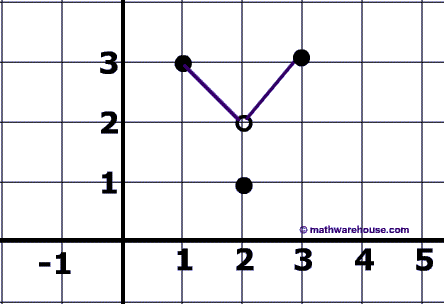the gender grid
- Jan, 07, 2009
- Charlie Glickman
- gender, sex research
- No Comments.
I recently read a fascinating book called The Sexual Spectrum, which explores some of the cultural and biological factors that lead to sexual diversity. I highly recommend it. And one of the things that the author delves into sort of rocked my world.
I don’t know how often I’ve heard people talk about the gender spectrum. And I think that this model has a lot of value. It makes space for gender fluidity and recognizes that people aren’t either/or, male/female. That’s pretty powerful.
On the other hand, the image of a spectrum creates a zero-sum situation. Whether people mean for it to or not, this model encourages the idea that male and female are in some way in opposition to each other since the more you have of one, the less you have of the other. Sure, people can shift where they are on the line, but that means that gaining one requires losing the other.
 As an alternative, the author proposes putting male and female on an x-y axis. If you look at gender this way, you realize that you can have attributes that are very male AND have others that are very female. The concepts of male & female are no longer in opposition to each other since they’re on two different axes. You can gain attributes of maleness without losing the female attributes that you have.
As an alternative, the author proposes putting male and female on an x-y axis. If you look at gender this way, you realize that you can have attributes that are very male AND have others that are very female. The concepts of male & female are no longer in opposition to each other since they’re on two different axes. You can gain attributes of maleness without losing the female attributes that you have.
I should clarify that there are some attributes of behavior and personality that women generally score higher on than men, and vice versa. For example, women score higher on the ability to recognize the emotions behind a facial expression and men score higher on the ability to see how an object moves through space (like a thrown ball). These are issues of statistics- men are, in general, taller than women, even though there are plenty of women who are taller than most men. And I’m definitely not judging any specific characteristic, simply because it tends to have a gender-based distribution.
Certainly, many people are clustered at the “mostly or entirely male” and “mostly or entirely female” sections of the grid. And lots of other people are somewhere in the middle. And even with that, one person might be in the “sort of male and sort of female” while someone else could be “really male and really female” section. They’re both in the middle somewhere, but in very different ways. I think that’s an even more powerful model of gender than the spectrum.
If you’re at all interested in issues of gender or sexual diversity, check the book out. It’s not perfect, but there’s lots of good food for thought.
Share this:
Get New Posts In Your Inbox
Get Your Copy of The Ultimate Guide to Prostate Pleasure

Want to give your guy a treat that'll curl his toes? My book, written with Aislinn Emirzian, has all the info you need to explore prostate play. More men and their partners are discovering how much fun it can be, and our book makes it easy. Check out our website for details about upcoming workshops and appearances, lots of tips to get started, toy reviews, helpful hints, and more!
The book is available on Amazon.com, from Audible and at Good Vibrations, and at sex-positive stores everywhere.
Recent Posts
- What’s Behind Sexual Harassment?
- Rentboy.com, Sexism, and “End Demand”
- Toy Review: New Prostate Massagers by LELO
- Goodbye, Oakland. Hello, Seattle!
- Pro-Voice: A New Approach to Abortion
- Help! My Boyfriend Keeps Groping Me!
- Why I Do Live Demo Workshops
- Q&A: Why Do People Do That?





